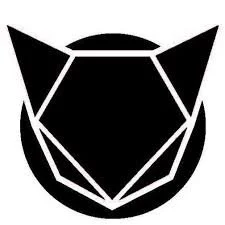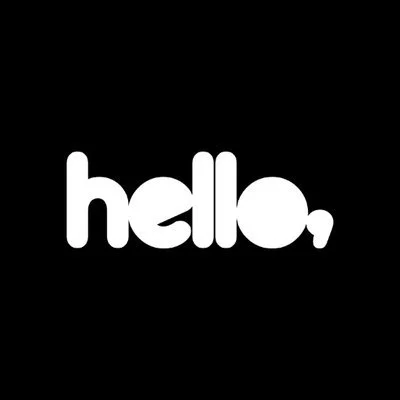
Project overview
MerchJam is a platform that connects performers, musicians, and tour managers to artists that specialize in merchandise design. Users can browse artists that match their band’s brand identity, message with artists, and use the “match” function to lock in mutual interest before embarking on their projects!
The problem
Up-and-coming musicians want to be able to focus on their music, not creating their own merchandise or searching for artists. Having unique merchandise that’s enticing to their fans is crucial, as merch sales make up a portion of their profit at the end of every gig. This can be make or break for smaller performers, and for larger artists, can be the difference between a sold out merch stand and dealing with dead stock at the end of the tour.
The goal
Design an app that allows musicians and players in the music industry to browse and easily connect with artists for merchandise design.
User research: pain points
1
Reliable communication
Performers and music industry players want a channel for reliable communication with potential future artist partners.
2
Unique merchandise
It’s important for musicians to provide merchandise that’s unique to their band, on the cutting edge of design trends, and that matches their artistic look and feel.
3
Local artists
Finding local artists is important to up-and-coming musicians.
Competitive audit
MerchCat
A website and mobile app for musicians to sell and log merch inventory, and for fans to purchase merchandise whenever and wherever.
Merch Friends
A membership-based collective of screen printers, vinyl manufacturers, fulfillment houses, digital distributors, and more who create merchandise for musicians.
Hello Merch
A marketplace for buyers, sellers, and creators of merchandise.
Gaps
After peering at competitor websites, it is clear that the market lacks an open, specialized marketplace of merchandise artists that music industry players can explore, browse for inspiration, and find stylistic and personality matches for their next batch of merch or upcoming tour. There also appears to be a gap in platforms that allow artists to curate their own portfolio for future opportunities, and for musicians to connect and communicate with those artists.
Opportunities
The opportunity is clear: offer a marketplace that fosters exploration and connection among musicians and merchandise artists. The platform should allow both artists and musicians to create profiles, showcase their work, foster communication, and ultimately spark perfect stylistic matches.
Ideation sketches
After diving deep into user personas and their journey maps, I embarked on the design process. I started by sketching multiple iterations of the needed screens, and below you can see the evolution of what came to be the homepage wireframe, as well as the artist profile page.
Digital wireframes
I then translated my sketches to digital wireframes, and added interaction for a first round of low-fidelity prototypes.
Low-fidelity prototype
The primary user flow takes the user from the homepage to Browse Artists, to clicking on an Artist Profile, to messaging and matching with an artist, to finally back home when done.
Usability study: Findings
The first usability study illuminated structural issues with the user flow that blocked users from being able to move backward in the flow. The second round hammered home the need for accessible design and changes that could meet that need.
Round 1 findings
Users wanted multiple routes to get back to the home page at any point in the user flow.
Users want a clearer path to “browse artists” page.
Users want clarity around the “notifications” vs “favorites” icons in tab bar.
Round 2 findings
Colors need to be tested to ensure color contrast WCAG compliance.
Typeface needs to be opened up with wider kerning to ensure readability of logo.
Fixes
Key elements of change that materialized in this mockup is a reordered tab bar, wherein the bell icon is replaced with a speech bubble icon to more clearly indicate purpose. Red notification tags were added to indicate unread messages/notifications.
The “Browse Art” page adopted more and clearer headings to better reflect purpose. Page dividers were added, and art presentation evolved from standard grid of cards to a more modular, variable-size pattern.
Before usability study
After usability study
Mockups
Branding is applied that is reminiscent of indie rock album art and zine culture. Branding is bold, punchy, and meeting current design trends, while remaining muted enough to let the art and artists shine, and while meeting WCAG color contrast compliance.
High-fidelity prototype
With brand identity and mockups in place, I mapped out interaction details.
Learning opportunities & next steps
MerchJam was ideated and executed during my completion of Google’s UX Design Professional Certificate program. Working on this project showed me how highly iterative the UX design process is, and how many potential pathways and screens make up just one of many potential user flows in the designing of an app. I love that empathy and communication are at the core of this process.
Next steps include building out more user flows and screens, designing with a strong foundation of accessibility, and repeated testing and prototyping of those flows. Later in the certificate program, I’ll take this same concept and turn it into a responsive website.



